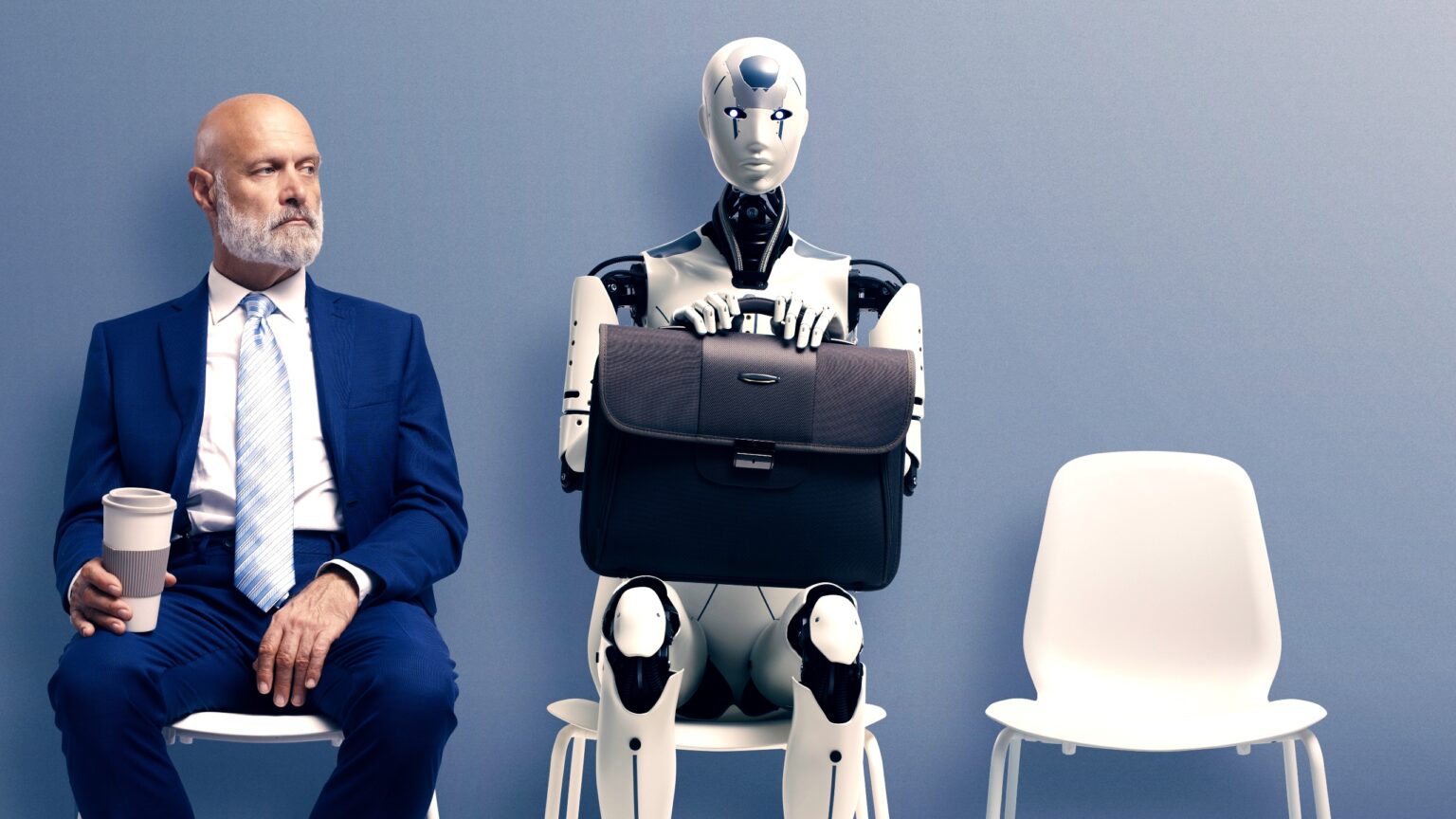Recent research from MIT and IBM has provided a new perspective on the potential of AI to replace human jobs, suggesting that humans remain more economically viable in many sectors.
The study “Beyond AI Exposure: Which Tasks are Cost-Effective to Automate with Computer Vision?” challenges prevailing assumptions about the pace and extent of AI integration in the workforce.
Also read: GPU Security Flaw Puts AI Data at Risk on iPhones and MacBooks
The economic viability of AI in the workplace
The research underscores a critical aspect of AI deployment: its economic feasibility. Despite fears of an imminent AI takeover, the study reveals that the cost of training and implementing AI systems for specific tasks is often prohibitively high. This financial barrier suggests that only a fraction of roles previously identified as automation candidates would be economically viable to automate under current conditions. According to the researchers, at present costs, automating tasks related to AI vision would only be financially attractive for 23% of worker wages.
“We find that only 23% of worker compensation “exposed” to AI computer vision would be cost-effective for firms to automate because of the large upfront costs of AI systems.”
This revelation massively impacts businesses looking forward to integrating AI. Most employers would need to build their own AI systems or share their proprietary information with outside vendors, which creates huge costs. Because it is all but impossible for other employers to do that, the current economic environment supports replacing a good deal of human labor with AI for most applications.
Announcing our new paper that goes beyond "AI Exposure" to consider which tasks would be economically attractive to automate. We find that firms would only want to use AI for one-quarter of tasks that could be automated https://t.co/I7Xq6ZPEIM @MITFutureTech @MIT_CSAIL @mit_ide
— Neil Thompson (@ProfNeilT) January 22, 2024
The gradual shift toward automation
The research based on the monitoring and carrying out of business ethical practices finds that the humans-to-AI shift will not be drastic. Most enterprise organizations today are in the exploratory phases of considering AI for their business, weighing its potential against economic feasibility. This slow and steady approach reflects complex underlying dynamics, running the blur of technological advancements daily while maintaining some semblance of equilibrium between short-term and longer-term economic factors.
“The previous literature on “AI Exposure” cannot predict this pace of automation since it attempts to measure an overall potential for AI to affect an area.”
Moreover, the researchers highlight the uncertainty surrounding the future of job automation. While AI’s capabilities continue to evolve, predicting which jobs will be replaced and when remains a complex challenge. This uncertainty underscores the need for ongoing research and thoughtful consideration in policy and business decision-making.
Implications for the future of work
The MIT and IBM study, therefore, carries profound implications for the future of work going forward and the role of AI in it. While it does not entirely dispel concerns about AI-led automation, it does suggest a more nuanced reality. The economic feasibility of AI implementation also plays a critical role in determining the pace and extent of automation. As such, human workers may not face the immediate threat of replacement that many fear.
However, the researchers caution against complacency. The evolution of AI and its incorporation in numerous parts of the economy is an ongoing process. Understanding this evolution is crucial for making informed policy and business decisions, ensuring the transition to an AI-enhanced workforce is thoughtful and beneficial.
“…making good policy and business decisions depends on understanding how rapidly AI task automation will happen.”









 and then
and then